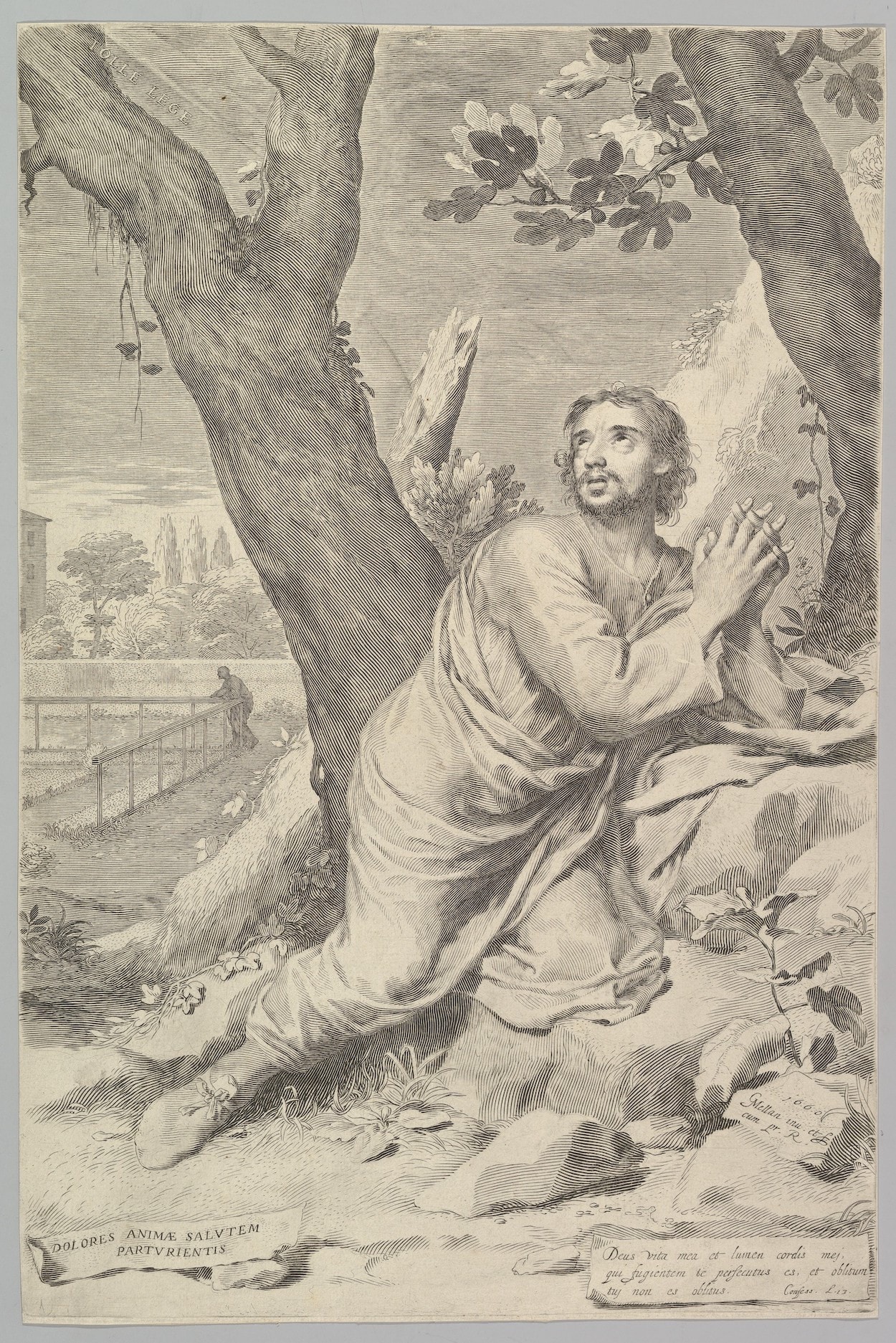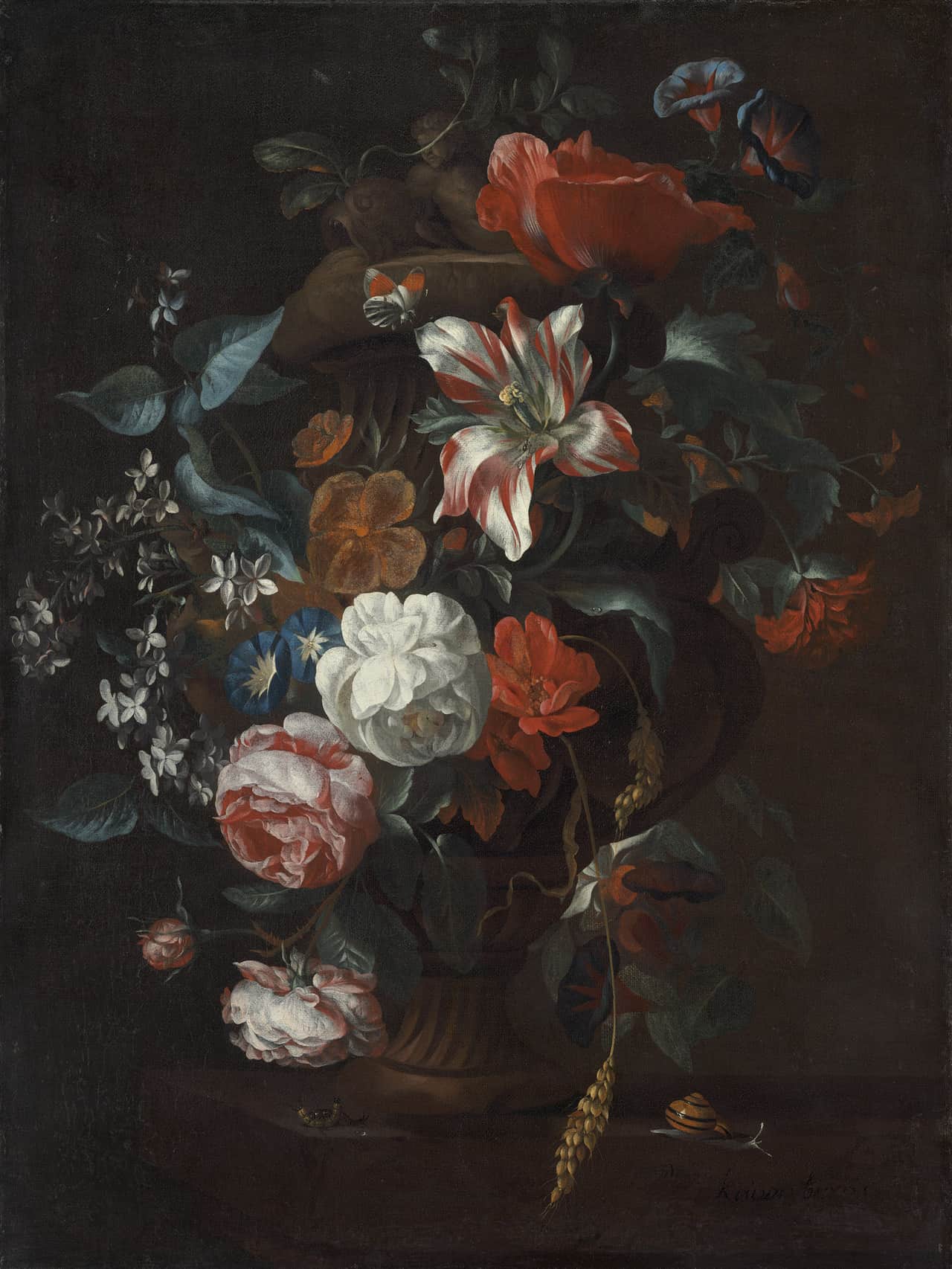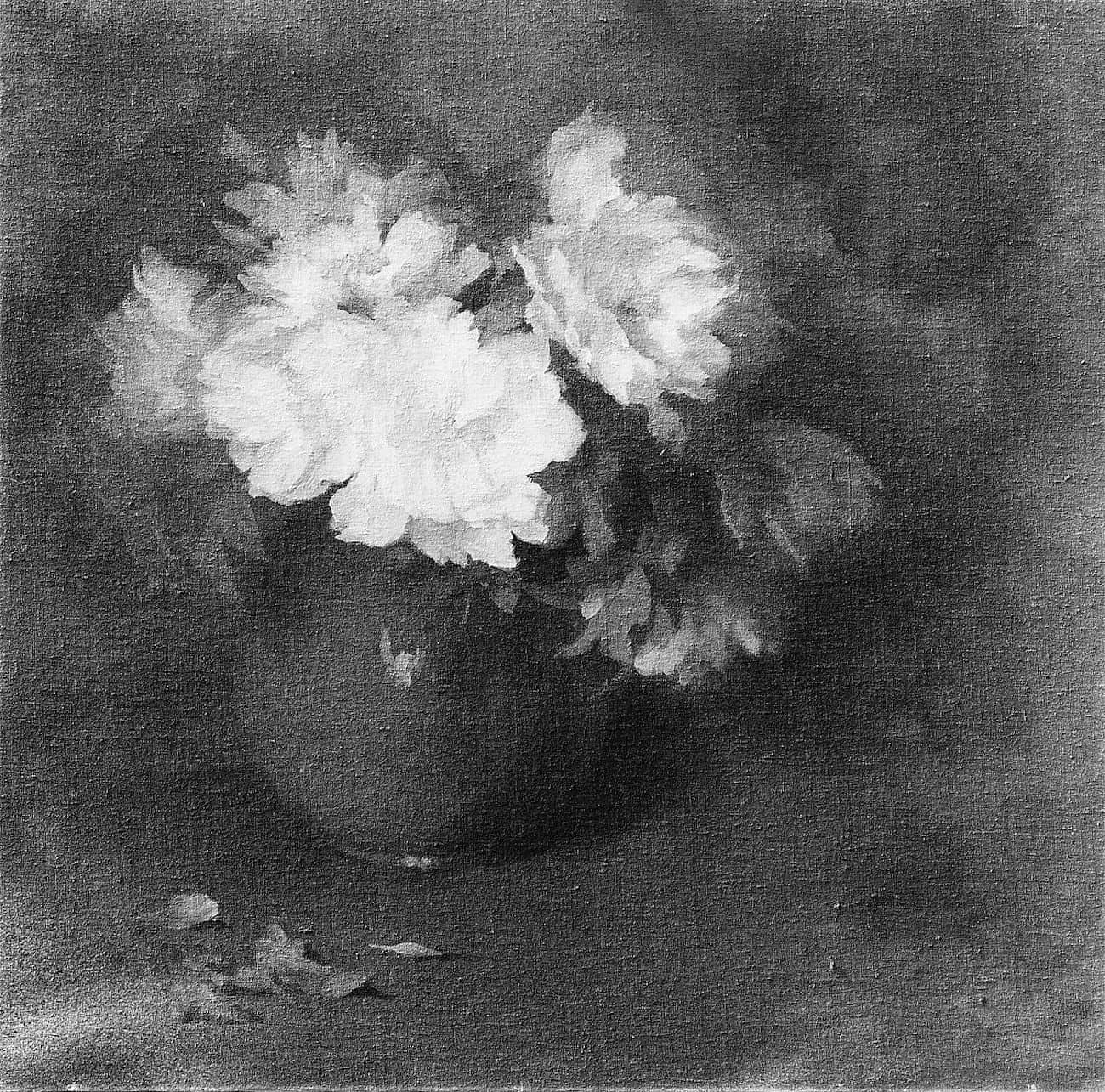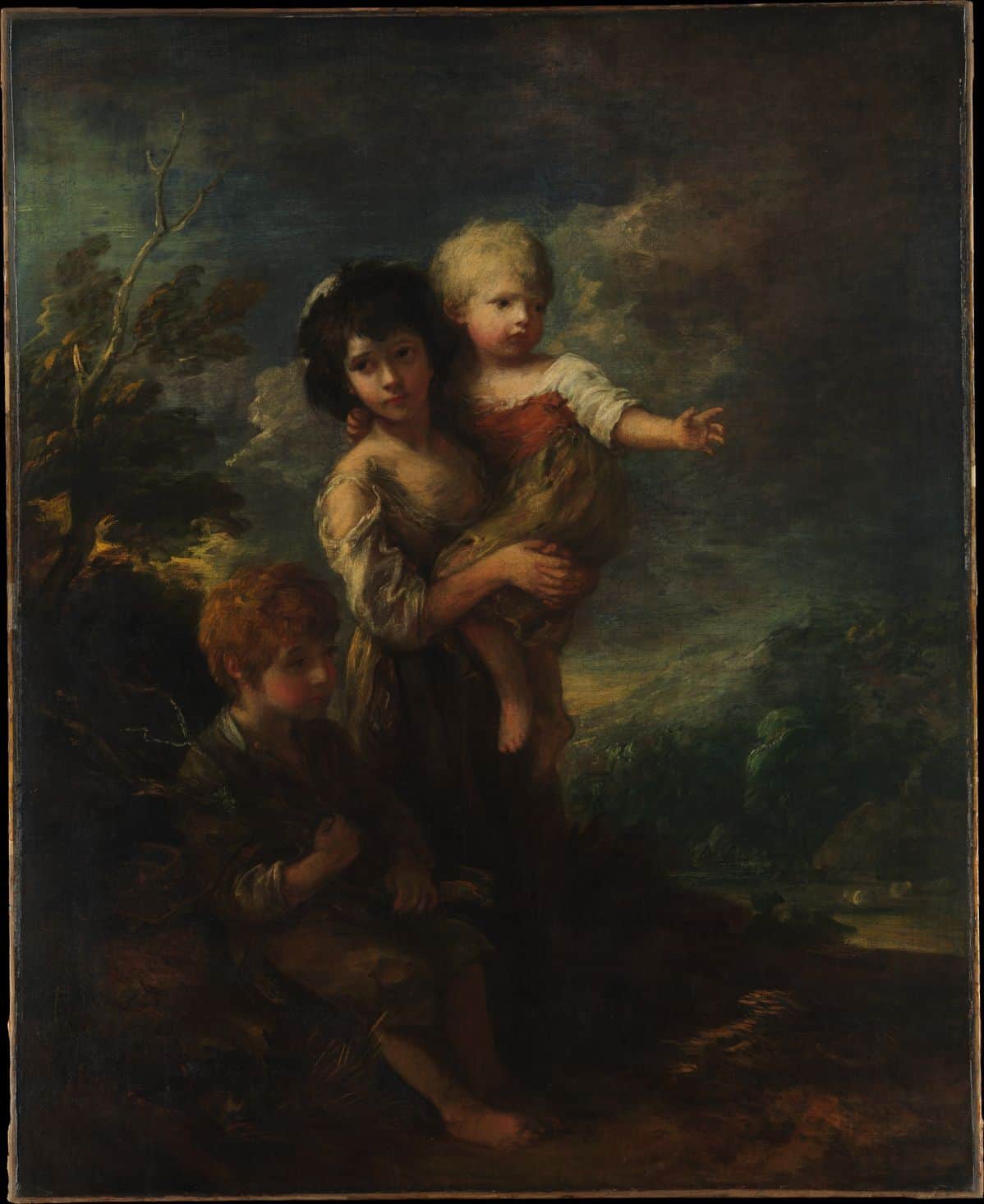Humanness and Emotions
Interiority
THC Editorial Team December 28, 2023

Contents
- Overview
- Spiritual Interiority
- Psychological Interiority
- Art and Architectural Interiority
- Philosophical Interiority
- Interiority from Other Perspectives
- Practicing Interiority
What is Interiority?
Interiority, a concept referring to the inner life of things, has been practiced and discussed since antiquity. Philosophers, theologians, and everyday individuals have pondered what lies within. In a way, it is inextricable from who we are.
Interiority is comprised of multiple elements, including the self and a fundamental essence. These elements work in tandem to shape an individual’s sense of personhood, creating a unified sense of identity.1 It is often described in various domains, including philosophy, religion, psychology, literature, architecture, art, and others.
Spiritual Interiority
Interiority has been discussed in terms of individuals relating to their souls, their connection with the Spirit, and other spiritual and theological descriptions. One of the first thinkers who wrote extensively on the concept of interiority was fourth-century Christian theologian and philosopher St. Augustine of Hippo. Augustine believed that interiority comprised one of the four main elements of what makes one human, along with the nature of the human being, its exteriority, and the self.2
Augustine believed that “inner experience” involved one’s being, thought, and love. He saw these as areas where the “riches of one’s spirit unfold.”2 Augustine further believed that when a person turns “their whole self” towards the truth, they can only perceive it then. This can be drawn from his statement, “Unless we believe, we shall never understand.”2
Augustine also suggested that the place to seek truth was within one’s self. He expressed, “Do not go outward; return within yourself. In the inward person dwells the truth.”3
This going within was also espoused by twentieth-century Trappist monk, author, and poet Thomas Merton, who said, “Our real journey is interior; it is a matter of growth, deepening, and an ever-greater surrender to the creative action of love and grace in our hearts.”3
Psychological Interiority
Psychology is the study of the mind and behavior.4 The topic of the mind is hardly clear-cut and can include the mental world, the conscious or subconscious minds, or other descriptions. Nonetheless, the workings of one’s mind and a person’s relationship with their mind are mostly considered a personal, inner effort. The experience of one’s inner world and one’s mental world are often overlapping. As such, some see psychology as a discipline of interiority.5 Psychological treatments can be seen from a lens of interventions intended to promote inner peace and wellness in an individual.
In psychological and personal growth terms, interiority can be described as a person’s “engagement with his or her inner world for the purpose of growth, maturity, creativity, and increased productivity in their work.”6 Practices promoting inner wellness and growth can involve psychological practices and efforts.
Art and Architectural Interiority
Creativity and the creation of art involve a process that feels as if stirred from within. Art is an inner expression and “embodies a successful interior wrestling with experience; in its being, art is a fruit of interiority.”7
Interior architecture is sometimes also spoken of in reference to Interiority. The interior design of a place or space can be thought of in terms of its interiority. For example, the interior of a house can be thought of as a home’s interiority.8 How we design our home reflects our subjective tastes, choices, emotions, memories, imagination, and values. Communal spaces can also interact with a person’s internal world in the same way as a home would. Place-making of a communal area can give rise to a sense of interiority of the place.
Philosophical Interiority
The inner world and inner pursuits have been debated and expounded upon since the earliest known philosophers. The inner dimensions have been explored from Aristotle to Plato and Plotinus, Nietzsche to Kant, and many others. The Stoic philosophers used the term “inner citadel” to refer to the soul or one’s inner guidance.9 In his Critique of Pure Reason, Kant sees interiority as “cognition and the consciousness that turns toward itself.”10
Interiority from Other Perspectives
Interiority can also be viewed from the lens of community, between people, the world around us, and so much more.
Relational interiority may be described as a “we-space.” The inner space of a relationship with another is also its interiority.11
One’s family life can also be viewed in terms of an interiority. For a young child, the functionality of their family and home are crucial to their development. “The interiority of the family also allows and encourages a humanizing enrolment of the young being, an entering into the social of the micro-group, and an integration into a first existential exteriority.”12
The relationship between mindfulness and interiority is also apt. Spending time in present awareness can acquaint one with the interiority of oneself, one’s surroundings, and perhaps deeper fields of understanding.
Practicing Interiority
Practicing interiority can take many forms, but essentially, it may be described as a turning within or a looking-in. This internal awareness can be cultivated through mindfulness practices such as meditation and present-moment awareness. Connectedness with one’s internal self and soul is also the domain of spirituality. Spiritual practices, such as prayer and contemplation, can strengthen one’s connection to interiority. Communication and open and honest dialogue can also help cultivate connection and relational interiority. “Dialogue is not only about talking… it is a metaphor for a respectful and interactive way of being with others and with the natural world. To be in dialogue is to listen deeply and respond in integrity.”11
“Practices of deep interiority are thought to support the skills of awareness, self-understanding, and tolerance for uncertainty and paradox that are necessary for reasoning about complex multi-perspectival life conditions.”11









